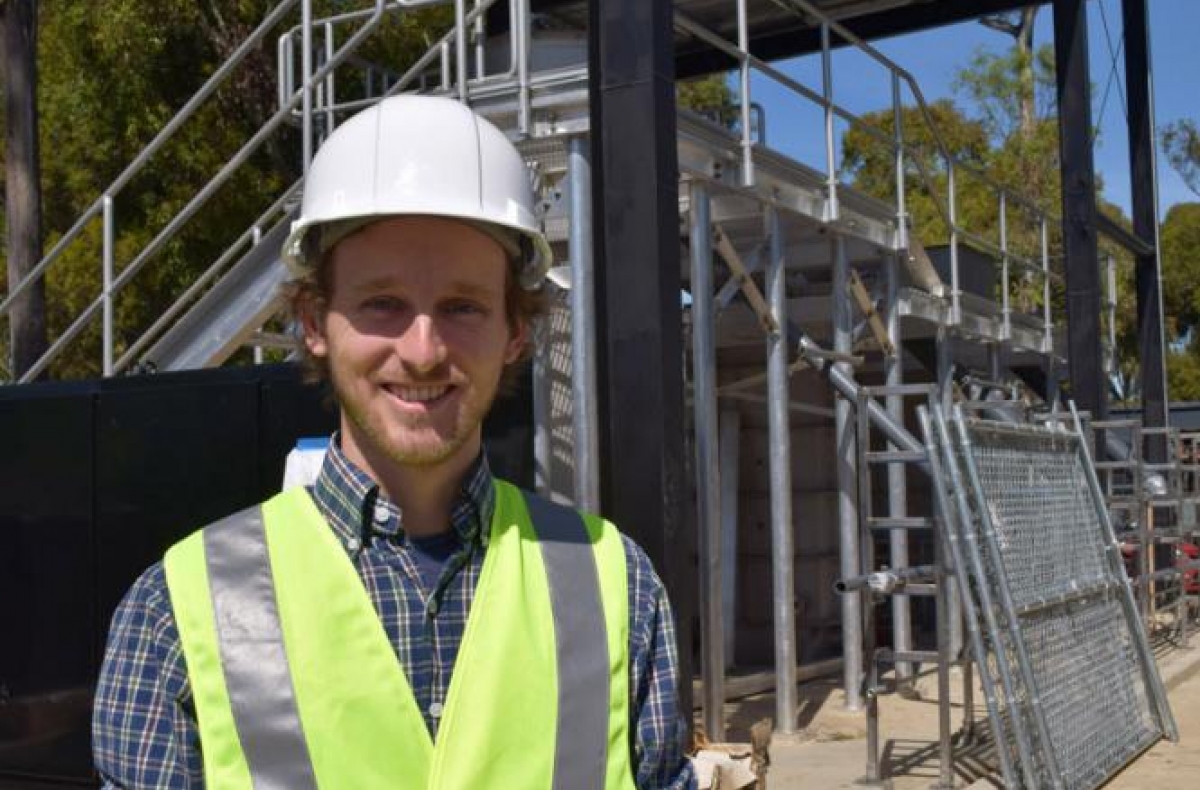Inspired by WHD - Sebastien Tilmans
As part of an ongoing series of WHD “alumni” profiles, we caught up with Sebastien Tilmans.
October 2, 2017

What kind of unique and / or powerful experiences did you have through WHD?
Under the auspices of WHD, I worked in Haiti for one-and-a-half years to deploy a waterless sanitation service in a dense urban community. The close collaboration we had with our Haitian partner organization and with the community members we were serving taught me a framework through which it’s possible to achieve lasting improvements in even the most challenging settings
Tell us about your current work.
I direct CR2C, an initiative to accelerate the adoption and commercialization of new systems to treat and recover resources from wastewater. I believe this work will yield important benefits for places with and without existing sanitation infrastructure.
How did your time with WHD prepare and / or inspire you for the work you are doing now and hope to do in the future?
I am keenly aware of the sanitation challenges that exist in different contexts around the world. This understanding enables me to seek solutions in my current work that are not just beneficial to advanced economies, but can also solve challenges in more resource-scarce environments. Also, I instinctively look for simple solutions with a potential for scale.
From your perspective, why does a program like WHD matter? What does it do uniquely well?
WHD emphasizes learning about issues from multiple perspectives, which is critical to understanding a challenge like sanitation. Sanitation is not just a health or engineering or social issue. Integrating these aspects together is the only way to find solutions to problems that have frustrated other approaches for decades.
Contact Information
Rob Jordan
Associate Editor, Environment and Sustainability, Woods Institute
rjordan@stanford.edu


